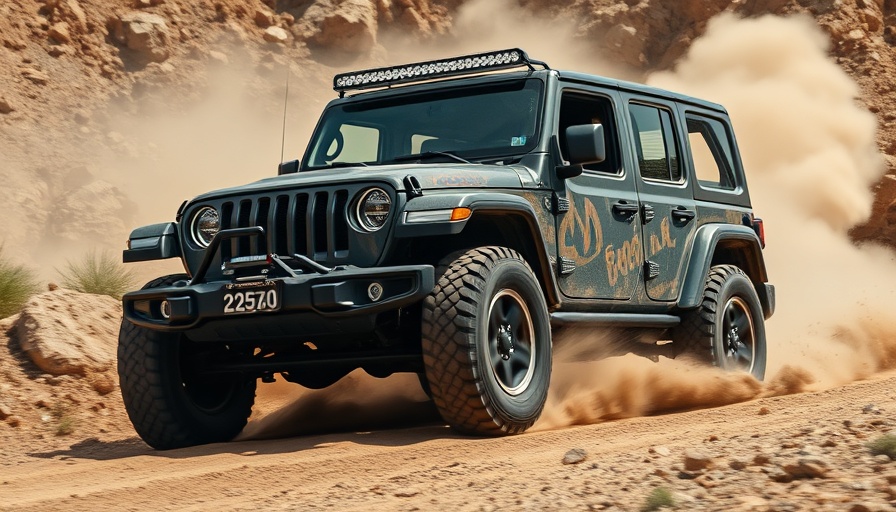
Understanding the Jeep Death Wobble
For Jeep enthusiasts and owners, the term "death wobble" can strike fear, especially when driving on highways. This alarming phenomenon occurs when the steering wheel and front end of the Jeep shake violently, typically above 55 mph. Triggered by hitting bumps or potholes, the shaking can escalate to a point where control of the vehicle seems almost impossible. In such a scenario, it’s crucial to maintain a firm grip on the wheel, reduce speed carefully, and pull over as soon as it is safe.
What Causes the Death Wobble?
The death wobble can stem from several issues within the Jeep’s mechanics. Key causes include:
- Loose or Worn Suspension Components: Over time, parts like ball joints and control arm bushings can weaken, impacting stability.
- Misalignment: Improper wheel alignment can lead to vibrations that are felt throughout the vehicle.
- Uneven Tire Pressure: An imbalance in tire pressure can trigger unexpected road vibrations.
- Worn Wheel Bearings: If wheel bearings wear out, they may cause noticeable shaking in the front end.
- Failing Brake Hoses: Though rare, compromised brake hoses can lead to overheating and instability, contributing to the wobble.
The Dangers of the Death Wobble
Beyond being a nuisance, the death wobble poses significant safety risks. Unexpected shaking makes it extremely difficult to steer, increasing the chance of accidents, particularly in high-traffic areas.
Preventing and Fixing the Death Wobble
Taking proactive steps can minimize the risk of encountering the death wobble. Regularly inspect suspension components and ensure they are in good condition. It's also essential to maintain proper wheel alignment and check tire pressure to prevent vibrations from arising.
If you experience the death wobble, addressing the issue promptly with a qualified mechanic is vital for both safety and vehicle longevity. For Jeep owners uncertain about their vehicle's condition, Shade Tree Garage is available for inspections and repairs.
 Add Row
Add Row  Add
Add 




Write A Comment